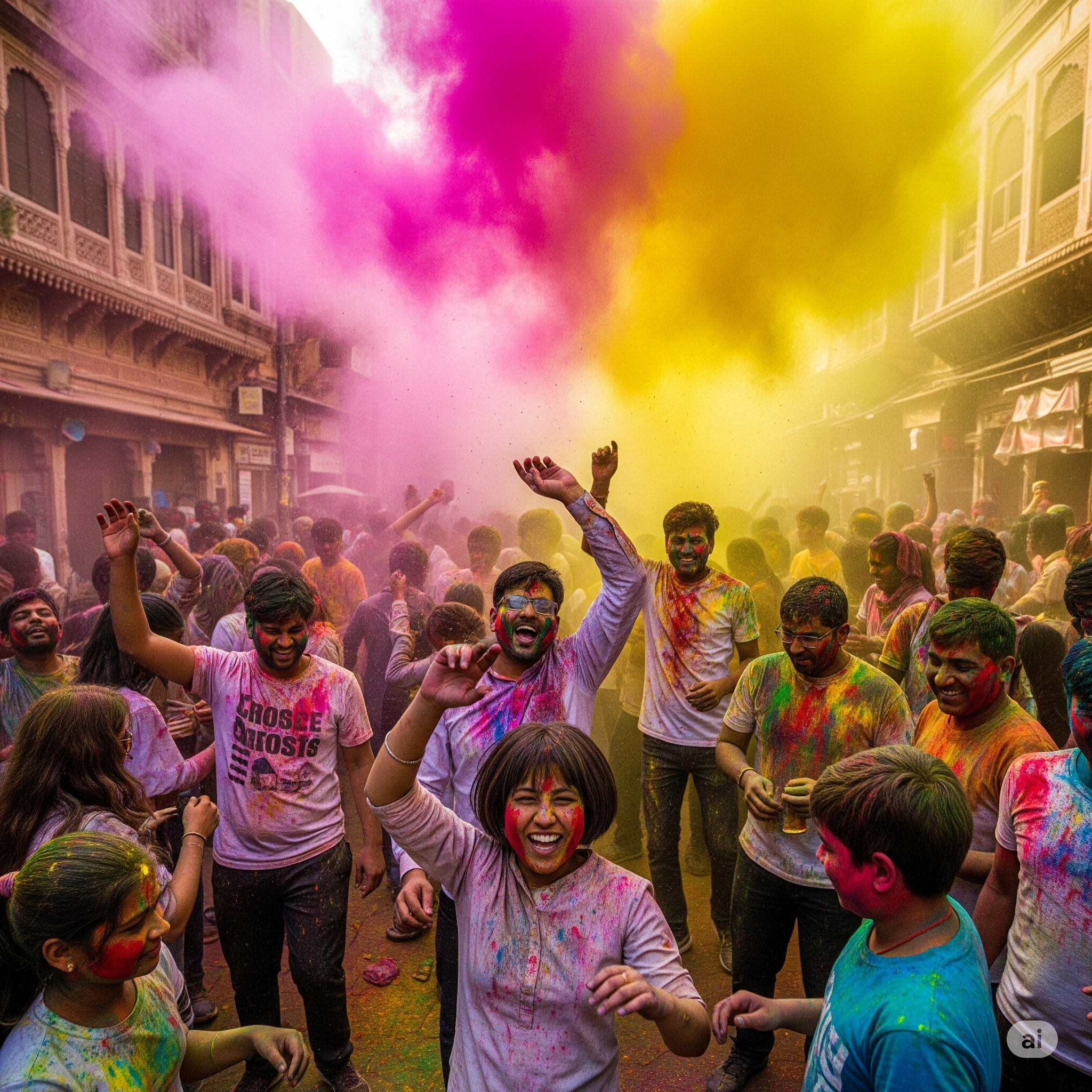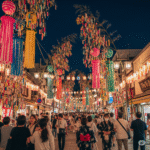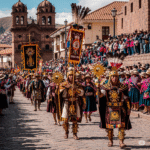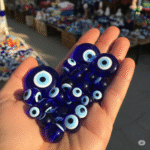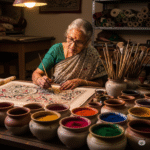Every spring, the streets of India explode in a joyful riot of color, laughter, and music. It’s the festival of Holi, a celebration that turns entire cities into canvases and strangers into friends. But behind the playful splashes of pink, green, and yellow lies a powerful story of faith, triumph, and renewal — rooted in one of India’s most enduring legends.
The Fiery Tale of Holika and Prahlad
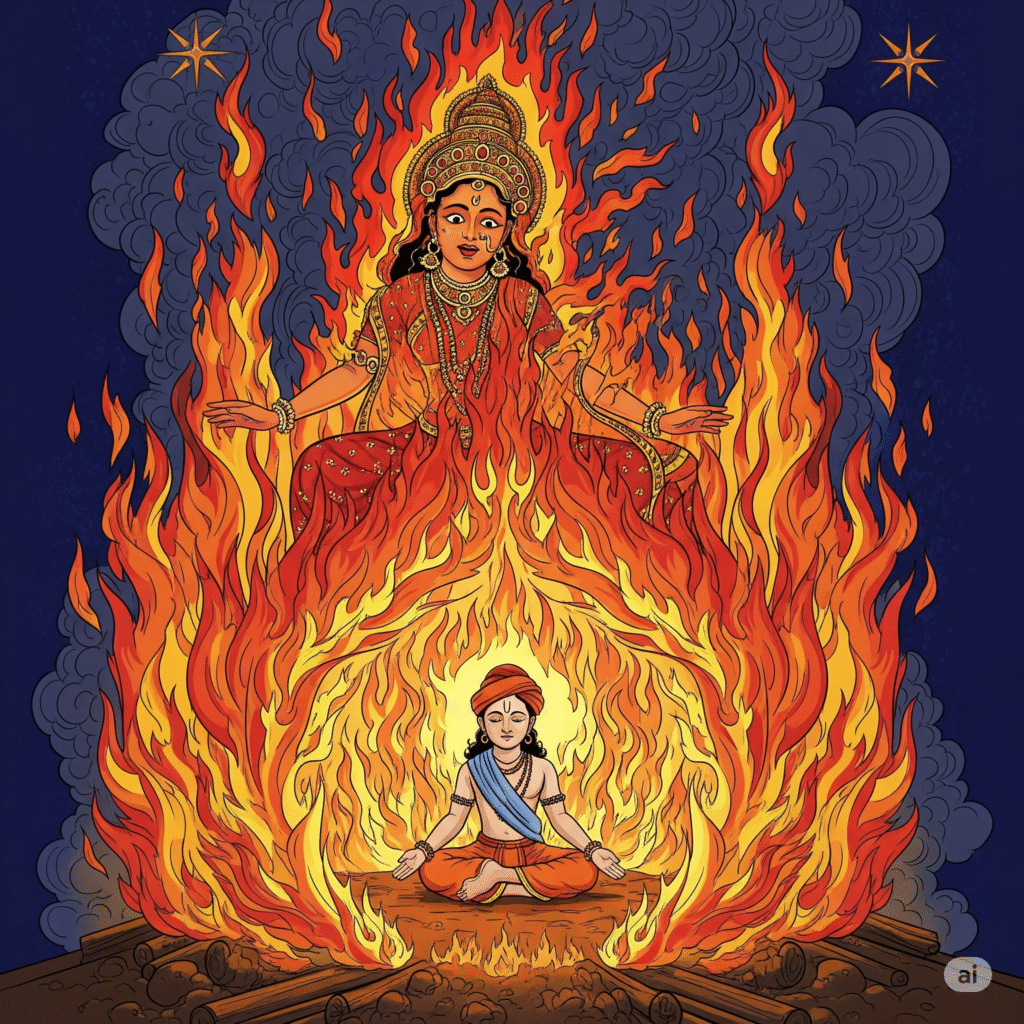
Holi’s origins trace back to the myth of Prahlad, a young prince devoted to Lord Vishnu. His father, Hiranyakashipu, was a demon king who wanted to be worshipped as a god himself. Enraged by his son’s refusal, he plotted to kill him.
Enter Holika, the king’s sister, who had a magical boon: immunity to fire. She sat on a blazing pyre with Prahlad in her lap, hoping to burn him. But the fire spared Prahlad and consumed Holika instead — her power failed because she used it for evil. This victory of devotion over ego is celebrated with a huge bonfire on the eve of Holi, known as Holika Dahan.
From Fire to Color
While Holika Dahan symbolizes the burning of negativity, the following day — called Dhulandi — is about rebirth, joy, and equality. In myth, it’s also linked to the playful god Krishna, who famously smeared color on Radha and the village girls of Vrindavan, starting a tradition of flirtatious, colorful fun.
That’s why Holi today is not just religious — it’s wildly social. Young and old, rich and poor, all throw colors at each other, dance in the streets, and share sweets in a massive celebration of life.
Colors with Meaning
The colors of Holi aren’t random — they carry symbolic weight:
- Red: Love and fertility
- Yellow: Turmeric and healing
- Green: New beginnings and harvest
- Blue: The divine — especially Krishna
Traditionally, these were made from natural sources: turmeric, beetroot, henna, and flowers. Though synthetic colors are common now, many communities are returning to organic powders to honor the festival’s roots and stay eco-friendly.
Holi Around the World
From Kathmandu to Karachi, and Trinidad to Toronto — Holi has become a global festival. In cities with large South Asian populations, you’ll find Holi parades, color runs, and music festivals echoing its spirit of joy and inclusion.
Universities, yoga centers, and cultural groups often host Holi events as a way to bring people together — regardless of background — under clouds of flying color.
Rituals Beyond the Colors
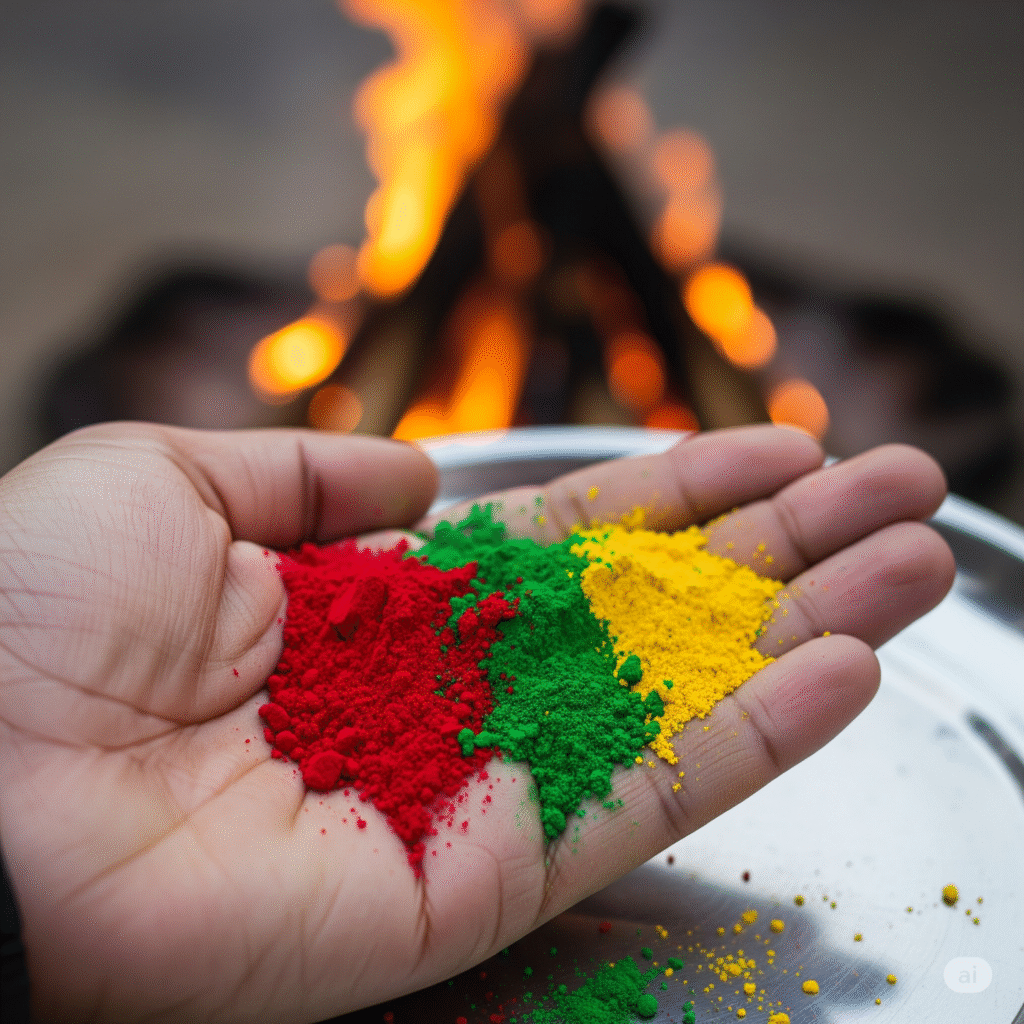
Holi isn’t just about getting messy. In villages across India, you’ll find local customs like:
- Gujiya-making: A sweet dumpling filled with coconut and dried fruit
- Thandai: A cool milk drink with spices and sometimes a mild herbal twist
- Matka-breaking games: Teams form human pyramids to smash a clay pot — inspired by Krishna’s butter-stealing tales
In places like Barsana, women even playfully hit men with sticks in a tradition called Lathmar Holi, reenacting Radha’s teasing of Krishna.
A Festival of Letting Go
At its heart, Holi is about forgiveness, freedom, and fresh starts. It’s a day when enemies hug, debts are forgiven, and rules are suspended. Faces are smeared with color, breaking down barriers of caste, gender, and age — if only for a day.
So the next time you see the skies filled with pink powder and streets echoing with laughter, remember: it’s not just play. It’s the retelling of a story — of fire, love, and the triumph of the human spirit over darkness.
